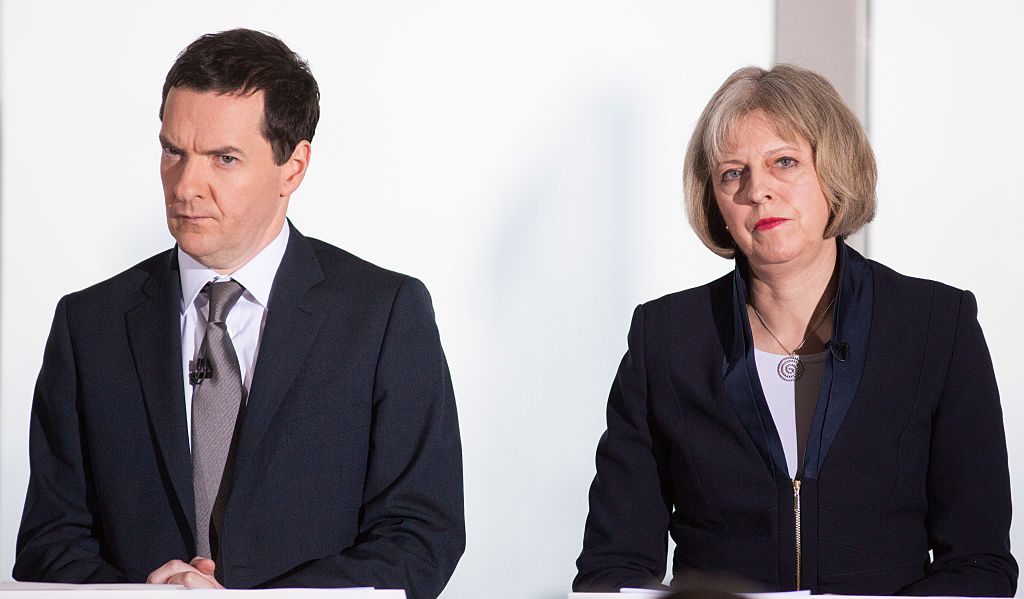Here are the two words that matter most in today’s Spring Statement: “balanced approach”. Those words appear five times in the official text of Phillip Hammond’s speech, and I suspect we’ll hear them again through the course of this year and beyond. Here they are in context:
“We will continue to deliver a balanced approach. Balancing debt reduction against the need for investment in Britain’s future. Support to hard-working families through lower taxes. And our commitment to our public services.”
In terms of macroeconomics, this is a possible signal that in the Budget in the autumn, Hammond will finally yield to arguments that have been made in No 10 and elsewhere in Government to target a primary surplus not an absolute one, or perhaps aim for a point somewhere in between. Doing so would presumably allow the Conservatives to formally declare an “end to austerity” well before a 2022 general election – even if the real-world economic experience of many people, especially on low-incomes might point in another direction.
It would also, in a political sense, bring the party full circle, completing a loop that began more than a decade ago with a man called George Osborne. For those who don’t remember, Osborne used to be some sort of big cheese in Tory economic circles. Back in the middle of the previous decade, he became shadow chancellor and set out an economic approach he captured in the phrase “sharing the proceeds of growth”. By that, he meant a Tory government would divide any fiscal slack it had between spending more on frontline public services, reducing some taxes, and reducing government borrowing. Here’s an example of his approach, in 2006:
“I want to talk to you today about how not to spend public money. This isn’t a question of how much money the government should spend. I have already said that we will share the proceeds of growth between increased spending on public services and a reduction in taxation and borrowing.”
See if you can spot the substantive difference between those words and Hammond’s quote above. No, me neither.
Of course, Osborne didn’t stick to his plans. The small matter of the financial crisis and subsequent European sovereign debt crisis blew “sharing the proceeds of growth” out of the water and very nearly wiped out Osborne too. History is written by the victors, so today few remember how close the Tories came to ditching Osborne in the early days of the crisis years.
Politically, Osborne 1.0 came close to disaster but an upgrade was installed just in time. Osborne 2.0 duly become the austerity chancellor driving a narrative of necessary fiscal pain to spare Britain from a Greek-level catastrophe. In time, of course, Theresa May came along and binned Osborne and his austerity narrative, if not the fundamentals of the fiscal policy that underpinned it.
That has, by all accounts, caused Osborne a certain amount of unhappiness, and arguably made May’s life tougher too. But today, as Hammond starts to sketch the outlines of a post-austerity Tory narrative on the public finances, perhaps Osborne and May could both try to find a scrap of humour in the fact that the Prime Minister is finally embracing the economic agenda of the chancellor she dumped – albeit an agenda that he dumped.







Comments